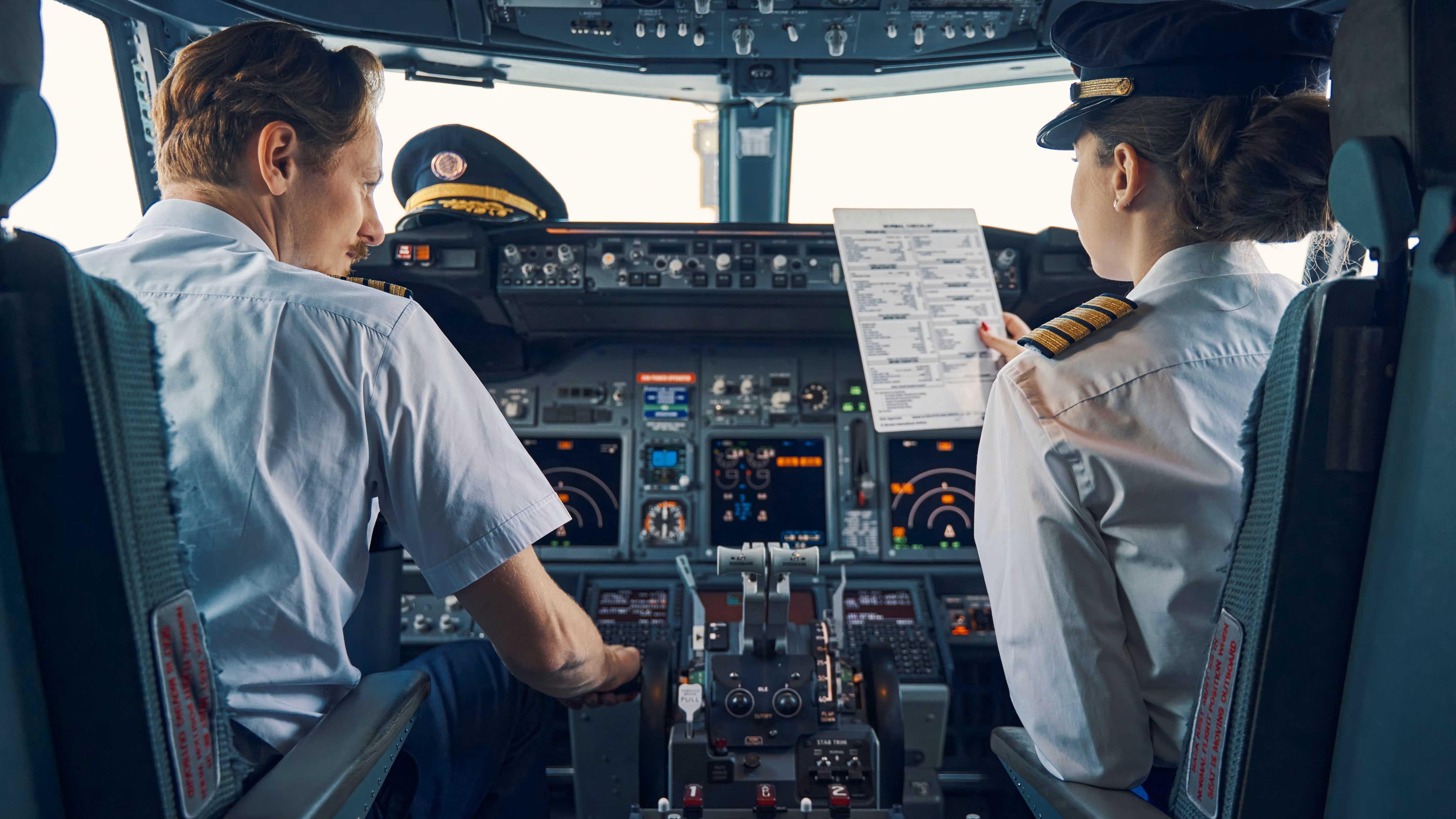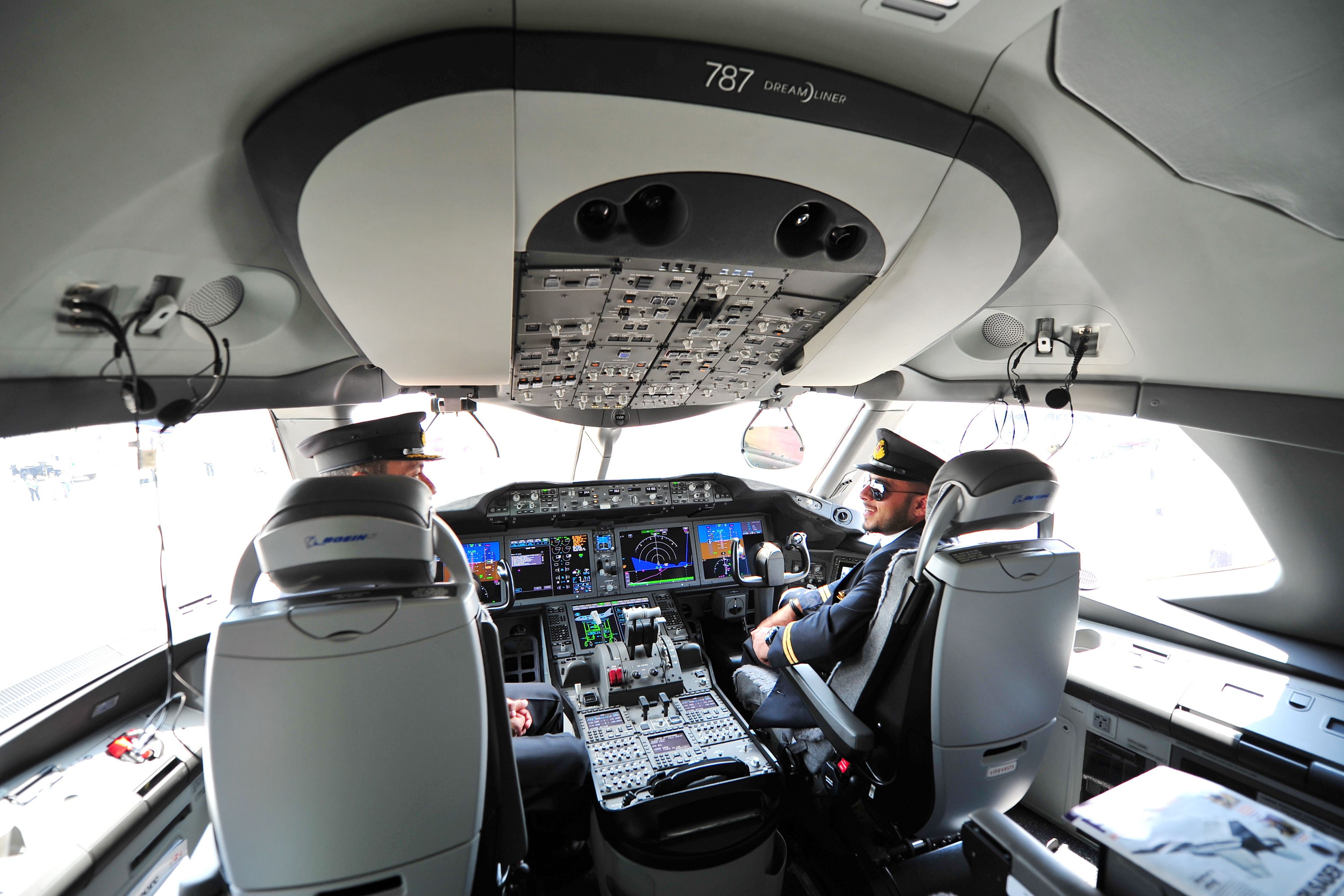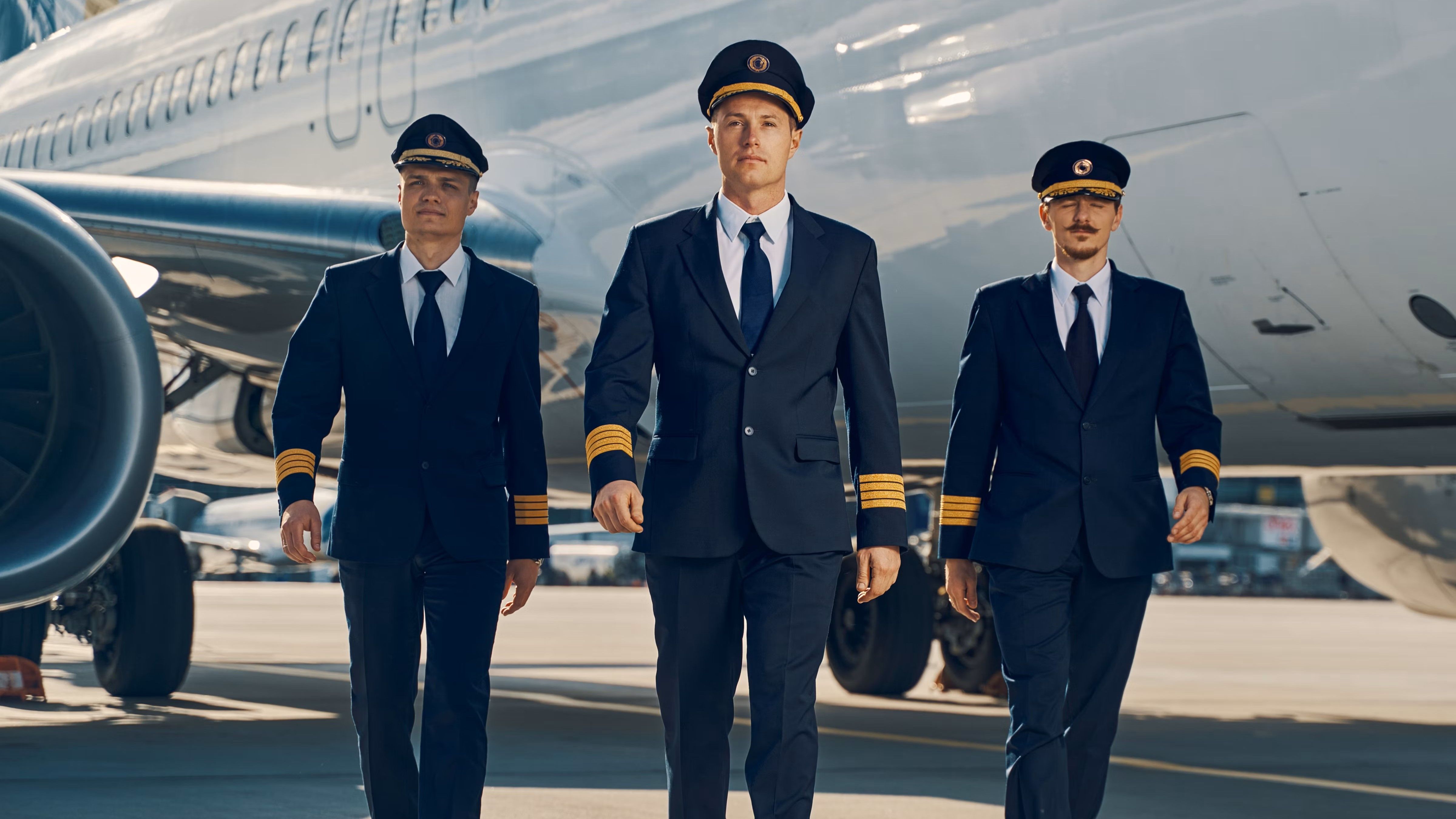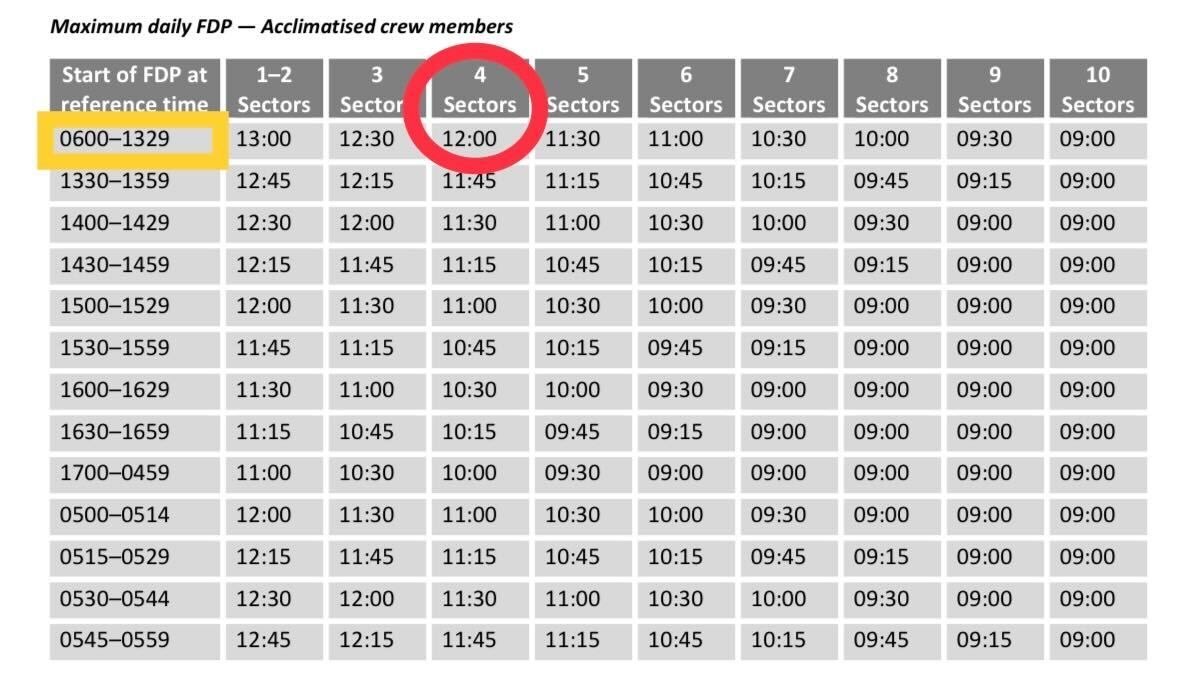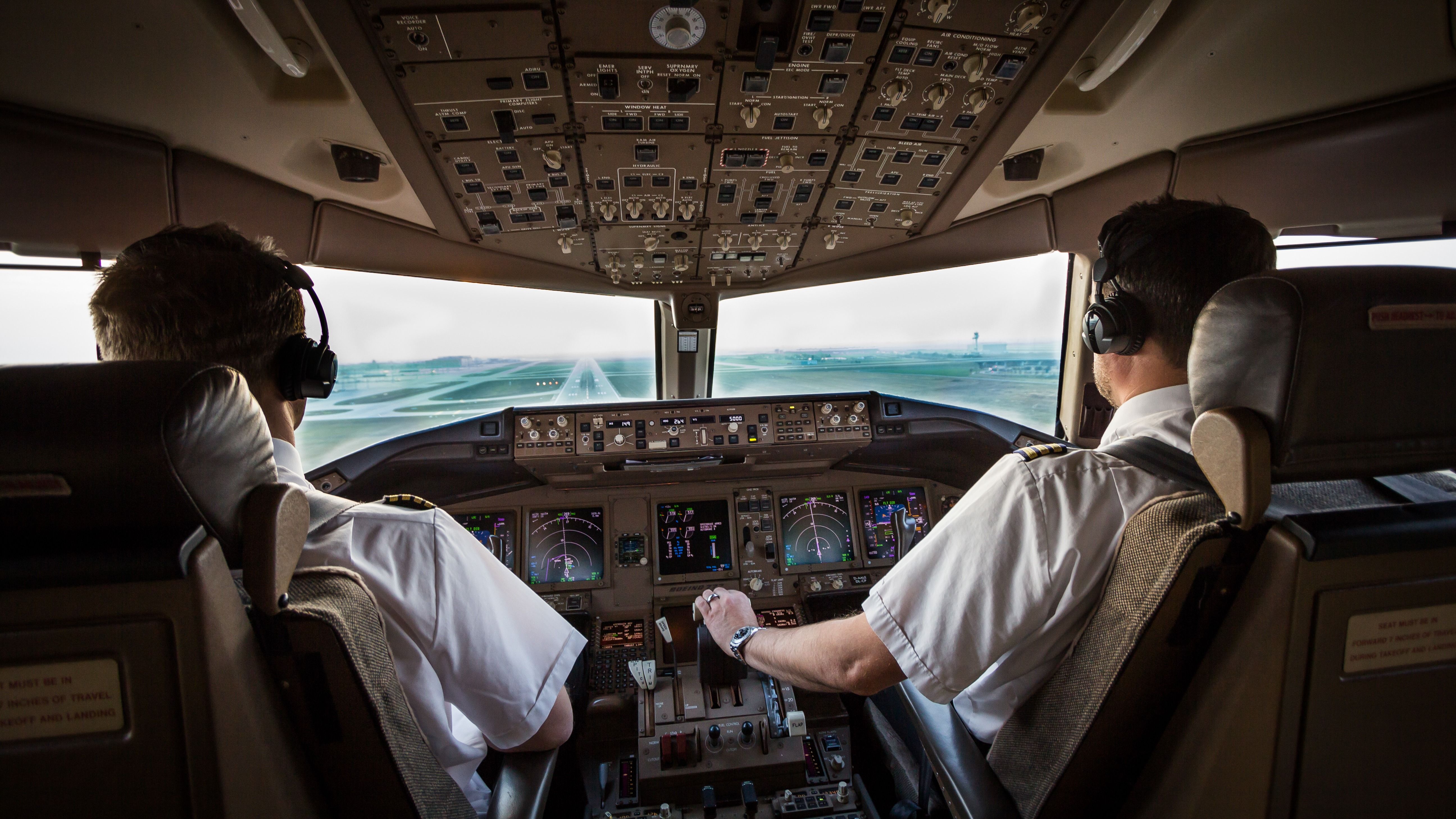Summary
- The number of flights a commercial pilot operates in a day depends on the nature of the operations, with short-haul pilots flying more trips than long-haul pilots.
- Duty limitations set by aviation regulators restrict the number of sectors a pilot can operate daily to prevent fatigue and overworking.
- Ultra-long-haul flights require reserve pilots onboard due to duty limitations restricting pilots from spending more than 14 consecutive hours on the job.
When thinking of a commercial pilot, one typically thinks of someone in a hat and a neat uniform in the cockpit of a commercial aircraft. But that is not even close to the only thing they do all day.
In fact, the daily life of a commercial pilot is often far more nuanced and involves far more than just commanding airborne jets. There are countless factors to blame for this, including local aviation laws, duty limitations, and aircraft types.
In this article, we will take a closer look at the daily life of most pilots. Specifically, we will try to answer the key question of exactly how many different flights a typical pilot operates in a single day.
Nature of flights
No two flights are the same, and for that reason, the number of flights pilots operate in a day largely depends on the nature of said flights, specifically if a flight is short-haul or long-haul. Long-haul flights are generally those that last beyond six hours.
Indeed, pilots flying long-haul only operate one or potentially two sectors each day. In comparison, those making short hops may fly as many as four or five flights daily, and a turboprop pilot will operate even more. A significant factor for carriers is the existence of duty limitations, which may restrict the number of flight hours a single pilot can log during a day.
Duty limitation regulations
Aviation regulators around the globe have strict rules that dictate duty period limits for pilots to avoid fatigue and overworking. Regulations set by the European Aviation Safety Agency (EASA) and the Federal Aviation Administration (FAA) are almost always adhered to, ensuring synergy irrespective of the aircraft or pilot’s nationality.
Get all the latest aviation news on Simple Flying!
Many factors dictate the maximum duty period for pilots, including time of day during the start of duty, past schedule, and the number of sectors, among other things. Flight Duty Period (FDP) generally begins from the moment a pilot reports for duty intending to operate a flight and ends when the pilot parks the aircraft at the gate after completing the final flight.
Below is a quick reference table that pilots usually use to find their duty limitation period before flights. It is worth noting that the given data is according to EASA standards and regulations, but the FAA’s rules aren’t too different.
The first column indicates the time of day when the pilot reports for duty, while the other columns show the number of flights or sectors to be operated on that day. Let’s consider an example wherein a pilot reports for duty somewhere between 06:00 and 13:29 and is scheduled to operate four flights on that day. In this scenario, the pilot’s flight duty period or FDP should end in 12 hours, as highlighted. Upon completing the FDP, pilots must rest for a minimum of 12 hours.
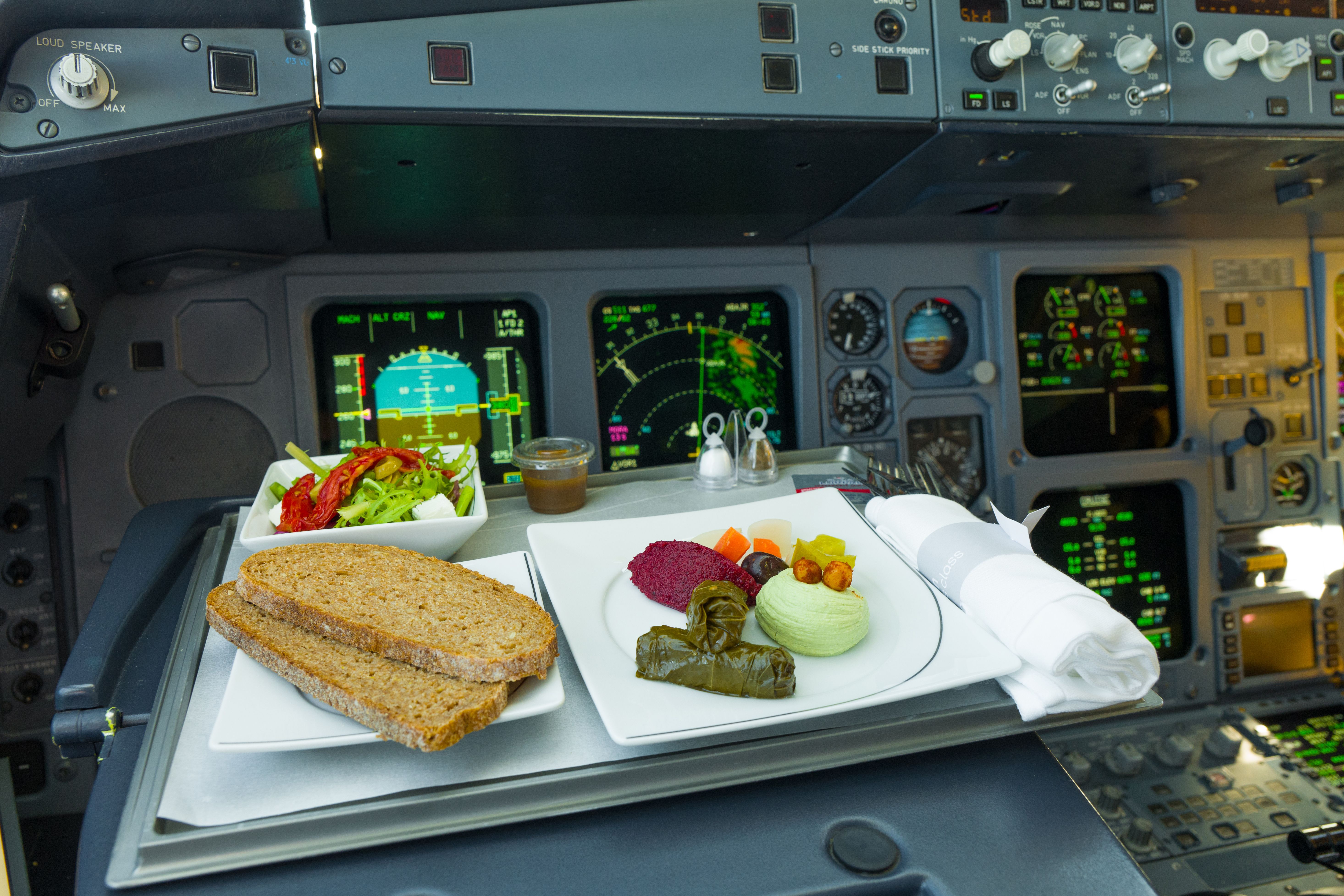
What Do Pilots Eat During A Flight?
Do they bring their own food? Do they eat whatever's left from the onboard service? Let's find out.However, there is a provision in the rules that allows pilots short extension periods over their permissible FDP. Even with the extension, 14 hours is the maximum amount of time that pilots can spend on duty. As you may be able to infer, due to such duty limitations, ultra-long-haul flights (usually more than 14 hours in duration) must carry reserve pilots onboard.
In the event of emergencies, these numbers are adjusted. If an aircraft is forced to make an emergency landing or diverts, pilots may have no choice but to be on duty far longer than is typically permitted.
The future of the daily pilot experience
The world of commercial aviation is changing rapidly, which undoubtedly will affect most pilots’ daily routines. For starters, an international shortage of pilots may lead regulators to adjust regulations and allow certain pilots to extend beyond the hours they were formerly restricted to.
Additionally, increased automation may become another factor responsible for adjusting the pilot experience in years to come. Further automation of the cockpit may make the pilots’ jobs even less labor-intensive, a fact which becomes less surprising when one recalls that most cockpits are already heavily automated.

